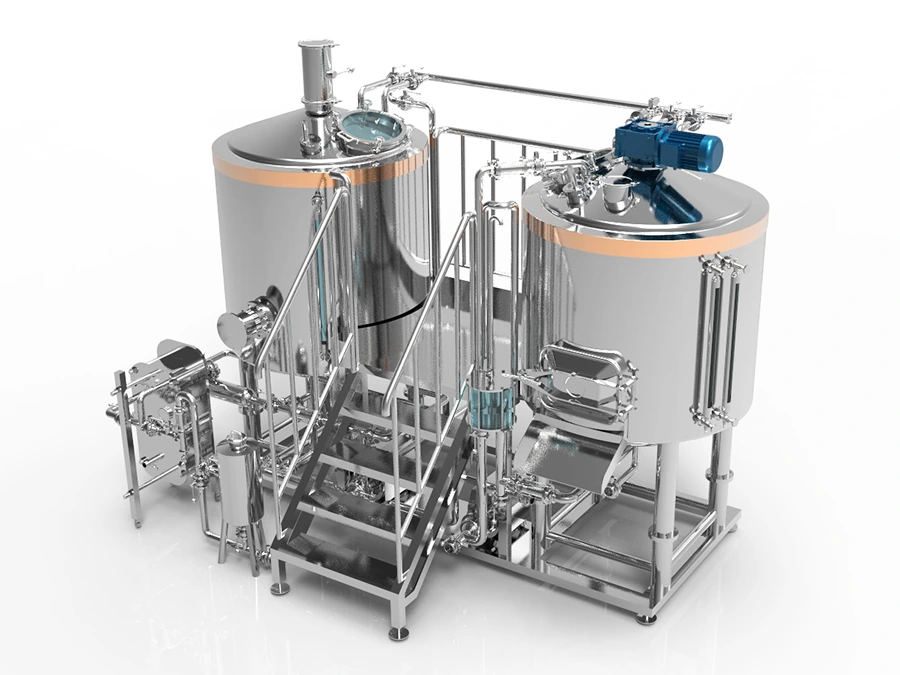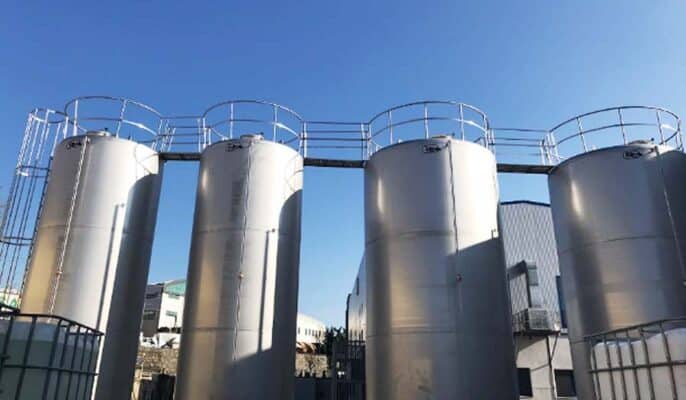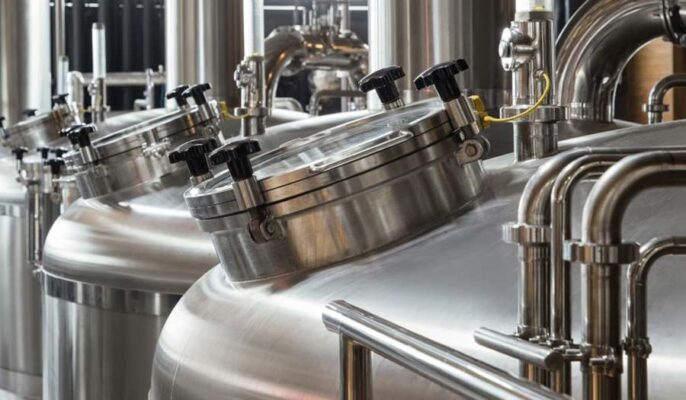How to choose the brewhouse heating method?
It’s not an easy question when deciding which heating method is right for you. Factors you need to consider include:
- Location – are you in a residential or industrial area? Or is it a farm?
- Budget – What is your brewery startup budget?
- Architecture – Are you a brewery for small spaces? What are the local building codes for your building?
- Utilities – What type of electricity does your area use? What are the prices for gas and electricity costs in your area? Is propane a more convenient fuel for you to come by?
- How big is your brewhouse equipment – if it’s small then electric heating is probably best. If it’s large, steam capable of being used elsewhere may be more useful to you.
Of course, you also have to consider some other parameters, such as color pick-up, boiling intensity, heating rate, hot spots, the possibility of burning, etc. After taking all the above factors into consideration, it will be possible to determine which heating method is more suitable for the brewhouse equipment.
Key Variables to Consider For Equipment Supplier Selection
| Parameters |
Evaluation Criteria |
Questions to Ask |
| Reputation and Track Record |
Number of years fabricating |
How long have you been supplying micro breweries? How many have you equipped? Request referrals. |
| Offering Suitability |
Vessels and systems align with business plan and budget |
Do your standard packages meet my specifications and budget? Where is flexibility vs customization possible? |
| Quality and Lead Time |
Build robustness, components, warranty, factories used |
What grade stainless steel do you use? What quality checks during manufacturing? What is standard lead time? Rush fees? |
| Order Fulfillment and Shipping |
Responsiveness to queries, proactive updates and delivery process |
How responsive are you during vessel fabrication and delivery? How are shipping damage claims handled? |
| Installation and Commissioning |
Level of inclusion for installation supervision, operator training, calibrations etc |
To what extent is installation included? Is operator training provided onsite? What documents are handed over? |
| Ongoing Service and Support |
Response time, preventative maintenance contracts, troubleshooting assistance |
What are the routine maintenance requirements? What is cost for annual servicing? What troubleshooting assistance resources do you provide? |
Be sure to get bids from at least 3 vendors and ask lots of specific questions to evaluate fit for purpose. Give importance to quality, support and shared vision for growth over just capital cost alone.
Pros and Cons of Buying New vs Used Brewing Equipment
A major purchasing decision for new nano or micro brewery setups is whether to invest in brand new equipment or look for used vessels and hardware. While used equipment seems attractive from an upfront price perspective, it does come with higher risks around reliability and lifecycle that should be carefully evaluated.
Table: New versus Used Brewery Equipment Comparison
| Parameters |
New Brewery Equipment |
Used Brewery Equipment |
| Capital Cost |
Highest upfront price |
Lower upfront price point |
| Lead Times |
12-16 weeks or more |
Ready for pickup immediately |
| Provenance |
Complete paperwork and certification |
Limited records, verbal assurances |
| Life Span |
15-20 years guaranteed |
5-10 years expected life remaining |
| Reliability |
Highest, meets latest standards and precision |
Greater uncertainty on vessel conditions |
| Energy Efficiency |
Latest insulation and steam/glycol delivery efficiency |
May have older energy wasting designs |
| Automation and IoT |
Latest sensors, data logging and analysis |
Typically more manual operation |
| Serviceability |
Complete documentation and trained technicians |
Limited support records and availability |
| Unique Design |
Fully customized options |
Limited ability to tailor |
| Financing |
Full range of buying options like leasing and loans |
Fewer financing offers |
| Resale Value |
Holds higher residual value over decades |
Depreciates faster, limited buyers |
Recommendation: Being a long-term investment, opt for new equipment that aligns with business plan rather than short-term savings on used hardware which can create quality and servicing headaches later. Partner early with reputed suppliers who understand expansion plans to create modular solutions with some built-in future proofing on automation.
What advantages does our nano brewery equipment have?
- Fully automatic mash, wort, water flow and automatic temperature control
- Equipment design as per customer brewing method and brewing beer types can make beer highest to 33 Plato.
- Energy saving, higher brewing efficiency and lower material consumption, higher wort wort extract
- Well designed steam system to increase heating efficiency and lower energy lost
- More reasonable piping construction to avoid the wort aeration problem and decrease the material lost
- Specially designed jackets on both body and cone to ensure heating and cooling efficiency
- Bigger headspace, the cover headspace volume is calculated separately and extra.
- 100%TIG welding process to weld the tank, jackets welding are all full welding by water, uniform dimpled cooling jacket to ensure no leaking and long life, welds passivated!
- Overall mirror polishing, polishing 6 times to make Ra 0.4um mirror finish, can clean 360° without dead ends.
- Jacket testing 12 hours with air and water, jacket testing pressure is 5Bar, internal shell testing pressure is 4Bar, and before packing we will also have 48hours of water testing.
- Strict quality control and process inspection & testing system, which all the testing record will show on our data late with the tanks shipping, with checking the list and serial numbers to track.
- Insist on a high-end product line to manufacture our tanks, all components like chiller, exchanger, steam boiler, and Schneider/ABB electronics control systems all adopt international brands to ensure quality and convenient after-sales.
























